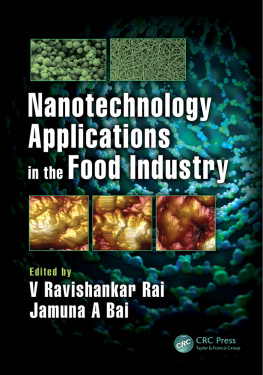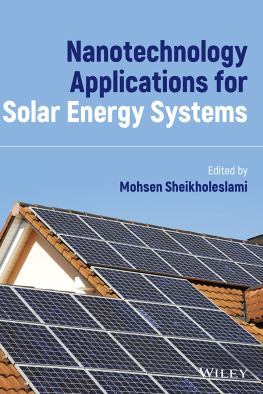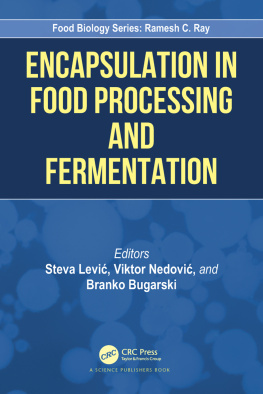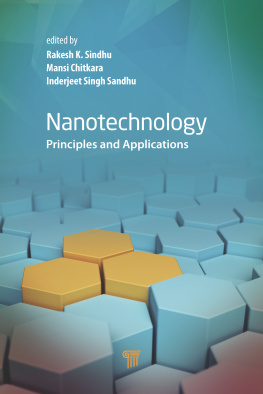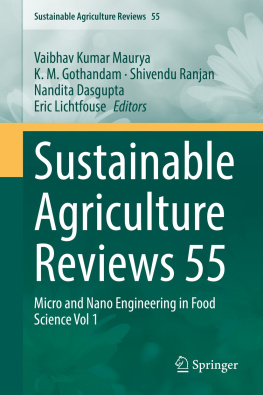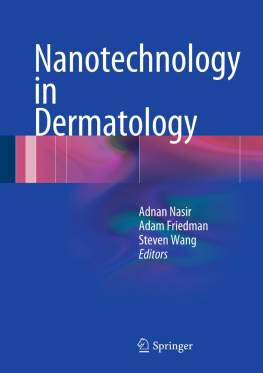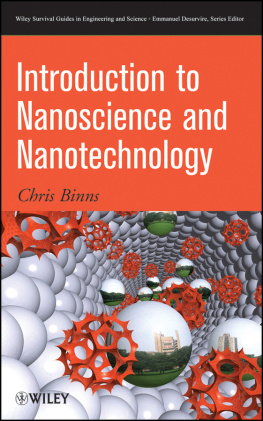Bai Jamuna Aswathanarayn - Nanotechnology Applications in the Food Industry
Here you can read online Bai Jamuna Aswathanarayn - Nanotechnology Applications in the Food Industry full text of the book (entire story) in english for free. Download pdf and epub, get meaning, cover and reviews about this ebook. City: Boca Raton;FL, year: 2018, publisher: CRC Press, genre: Children. Description of the work, (preface) as well as reviews are available. Best literature library LitArk.com created for fans of good reading and offers a wide selection of genres:
Romance novel
Science fiction
Adventure
Detective
Science
History
Home and family
Prose
Art
Politics
Computer
Non-fiction
Religion
Business
Children
Humor
Choose a favorite category and find really read worthwhile books. Enjoy immersion in the world of imagination, feel the emotions of the characters or learn something new for yourself, make an fascinating discovery.
- Book:Nanotechnology Applications in the Food Industry
- Author:
- Publisher:CRC Press
- Genre:
- Year:2018
- City:Boca Raton;FL
- Rating:4 / 5
- Favourites:Add to favourites
- Your mark:
Nanotechnology Applications in the Food Industry: summary, description and annotation
We offer to read an annotation, description, summary or preface (depends on what the author of the book "Nanotechnology Applications in the Food Industry" wrote himself). If you haven't found the necessary information about the book — write in the comments, we will try to find it.
Nanotechnology is increasingly used in the food industry in the production, processing, packaging, and preservation of foods. It is also used to enhance flavor and color, nutrient delivery, and bioavailability, and to improve food safety and in quality management. Nanotechnology Applications in the Food Industry is a comprehensive reference book containing exhaustive information on nanotechnology and the scope of its applications in the food industry. The book has five sections delving on all aspects of nanotechnology and its key role in food industry in the present scenario. Part I on Introduction to Nanotechnology in Food Sector covers the technological basis for its application in food industry and in agriculture. The use of nanosized foods and nanomaterials in food, the safety issues pertaining to its applications in foods and on market analysis and consumer perception of food nanotechnology has been discussed in the section. Part II on Nanotechnology in...
Bai Jamuna Aswathanarayn: author's other books
Who wrote Nanotechnology Applications in the Food Industry? Find out the surname, the name of the author of the book and a list of all author's works by series.

